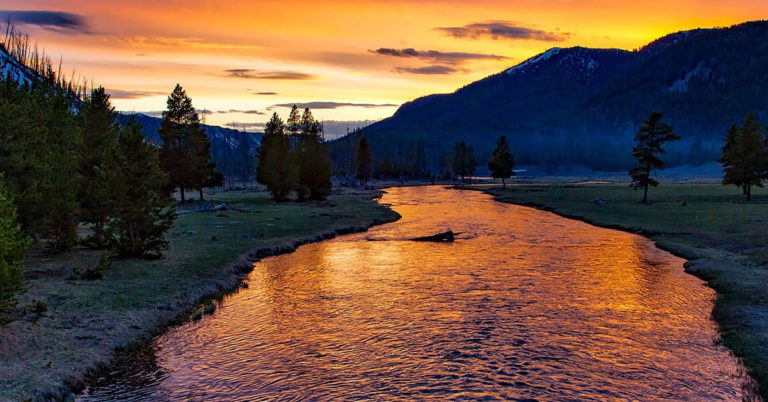
Planet Earth has a large amount of gold. It is found in the beds of many rivers and streams, in the form of tiny particles, and especially in mines, with varying degrees of concentration.
However, it is not enough to know that gold is not so rare. What is important is to be able to extract it. Especially if one is a simple amateur.
Finding the right spot
Most streams may contain gold, but most often in such minute quantities that there is no prospecting for it.
To avoid wasting time, it is important to understand that gold is mainly associated with mountainous areas. By focusing on more or less ancient massifs, the probability of discovering gold in the rivers taking their source there is increased. However this is not enough. It is necessary to follow the meanders of the river and to locate the shortest path that the current can take, i.e. the interior zone of a meander. Last point: when the water flows at this sinuosity, disturbances are created allowing the accumulation of gold at the exit of the meander.
Moreover, if one or more rocks obstruct the flow of water, the probability of finding gold is even greater.
Finding the right time
It is more practical to search for gold in a river during the summer. Rivers are calmer, and their lower water level makes it much easier to search for gold particles.
Getting the right equipment
You’ll have to put your feet in the water! So the first equipment will be a good pair of boots, and a large tray to get the gold out of the sand and mud. Indeed, gold is 19.3 times denser than water, and small nuggets will tend to accumulate at the bottom of the plateau. A pipette is also necessary to suck the gold grains.
Last but not least, you will have to be patient!













